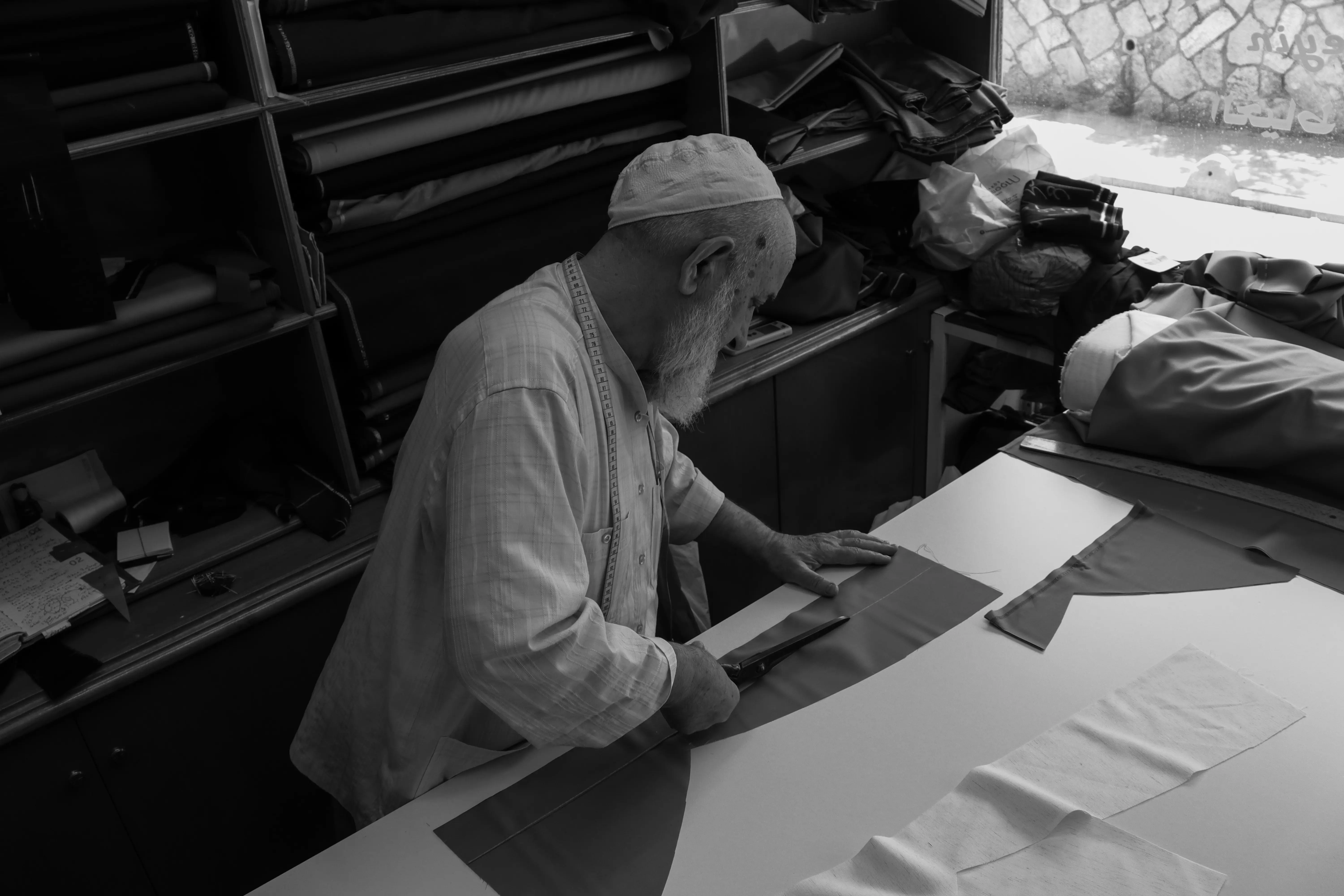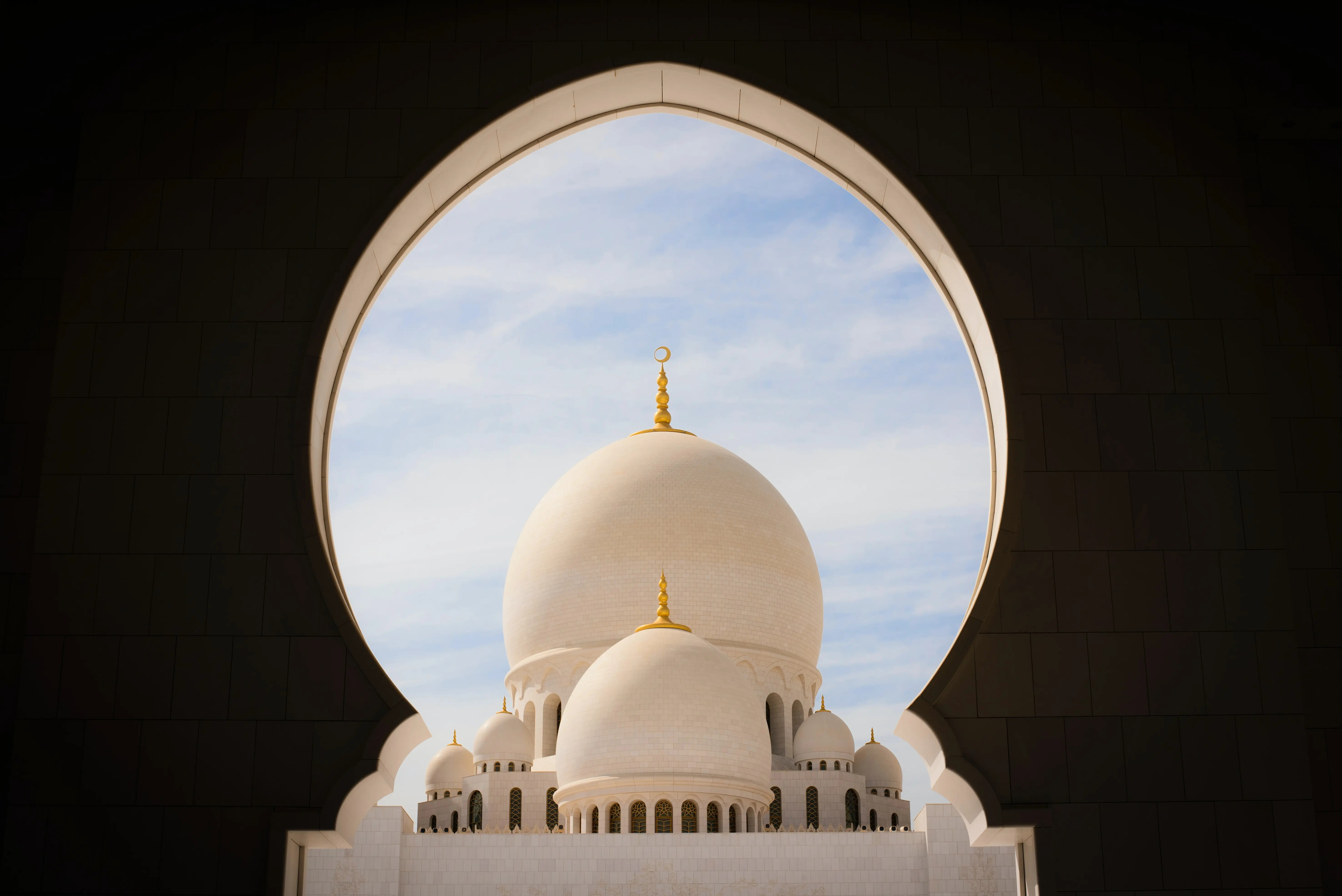Sample by My Essay Writer
The five pillars of Islam include: declaration of faith, prayer, charity tax, fasting and pilgrimage. This way of life is vastly different from how many perceive the culture. The essay will help shed light on a topic that is very important to the study of cultural diversity due to the tremendous amount of misunderstandings about the Muslim faith. Many people believe that the vast majority of Muslims live in the Middle East, which is not true. The most ill-informed of people believe that Muslims proclaim “Death to America,” which is also not true. This essay will investigate the different ways in which the Muslim faith is practiced throughout the world, and provide a better understanding of cultural diversity in relation to Islam. The paper also aims to shed light on an issue that is extremely important since the 9/11 terrorist attacks. This investigation adds a consolidated body of research to the field, and from this there can be a better understanding about the Muslim faith. Islam has been misrepresented by a minority of “extreme” groups, but the actual religion is far different.

The actual beliefs of Muslim people is supposed to embody a human way of life. In the faith, Muslims are geared to be confident that the culture in which they live is designed to be an expression of the genius that people embody. A particular aspect is the pointed diversion about what “extreme” Muslims believe – those who adhere closely to the teachings are not justified by behaving in a way that judges other cultures as being lowly, mean or sublime. The belief is that each of the cultures has its own merits and genius, and that culture is also enlightened and prolific. In fact, “Cultural and civilizational diversity is a grace bestowed from God; and as Muslims, we are taking on a humanistic mission towards laying down the bases of international peace, and we ought to lend support to the universal civilization for the benefit of the whole community” (Islamic, 2004). These beliefs are in solid contrast to what many think Muslims believe. It is interesting that the Muslim faith, after enduring ridicule from much of the world, chooses to defend its beliefs by pointing to the fact that those who follow the faith in the way that it should be followed, do not condone negative judgement on other cultures.
Middle East
Islam is the most common religion in the Middle East, with the exception of Palestinian and Israeli areas. However, Islam is practiced in a variety of ways throughout the region. One important distinction is the number of various sects contained within the region. For example, the vast majority of people in the Middle East are in the Sunni Islam sect. Sunnis believe the Caliph’s position should be elected by religious leaders who are a part of the Islamic community, rather than having it be from Mohammed’s direct lineage.
Other sects contained within the region are the Shiite. This means “the party (of Ali).” This sect considers the Imams to be direct descendants of Ali. They are considered to be infallible and the genuine inheritors of Mohammed. Ali is considered to be the first Imam, and his son Hassan is believed to be the second. Ali’s second son, Hussein, is the third Imam. Both of Ali’s sons were killed during a conflict with Caliph Muawiya, but their succession ended with what is believed to be the 12th Imam, a person that went into hiding in 940. The majority of Shiites believe that the 12th Imam will once again emerge as the Messiah or Mahdi, and lay claim once again to his leadership in the Islamic world. Until that happens, the ayatollahs are elected so that they can serve to take care of the faith.
Sunni and Shiites are the major religions of Iran, Iraq, Lebanon and Bahrain. Shiite minority groups are also found in Yemen, Kuwait and Lebanon. Various other smaller sects are practiced in Middle Eastern Islam. Among these sects are the Druze, Alawites, Ismailis, Ibadis, Sufi and Shafis. Clearly, the singular term, Muslim, doesn’t do justice to the sheer number of various sects that are practiced throughout the Middle East.

Extreme Muslims
Most of the Shiites and Sunnis are liberal thinkers, but not according to Western standards of liberal thinking. There is little conflict between the two during peaceful times, but each of them have extreme factions that give the rest of the religion a bad name, and those factions are often what many people who do not understand the religion believe to be the core of the faith. However, those extreme groups are minorities. The extreme groups often believe in martyrdom, and that arises out of the early conflicts with the Sunnis. The most extreme of the Sunni extremists is the Wahhabi sect, and this is the sect that Osama bin Laden was believed to be a part of. The Wahhabi characterizes itself by radical fundamentalism. This group takes the Koran literally, rather than using it as a base for interpretation. They believe in only praying to God, and not to saints, prophets or any other entity. Wahhabi don’t use images or monuments that depict other Islamic leaders, and they don’t elaborate the tombs for the famous Muslims. The Koran is the only source of the secular and the religious law.
Islam has spread far into Asia, Africa, and parts of Europe. Specifically, it has become the dominant religion in countries outside of the Middle East, such as Indonesia, Malaysia, Pakistan, Bangladesh and Afghanistan. Large numbers are also recorded in the Philippines, the former Yugoslavia, China, Nigeria, Ethiopia and the United States. This shows there is an immense global area that is covered by Islam. Additionally, while many people believe everyone in the Middle East is Muslim, there are actually many religions practiced there. For example, about 82% of the Israeli population are Jews. But Israel is the only nation in the Middle East where Islam isn’t the predominant faith. Christianity is also a common practice, and it is seen mostly in Egypt, Israel and Lebanon, (Middle East, 2013).
Indonesia
The misconceptions about Islam continues. For instance, many people believe most Muslim people are from the Middle East. In fact, most Muslims are from Indonesia, where there is an emphasis on harmony of law, knowledge in all forms, and art. These roots are found within the Qur’an. However, while Islam is an important component of Indonesia, the country chooses to separate church and state, which is dissimilar to the way it is practiced in many other nations. Around the 1800s, more secular ideas began to form, and this began to take over the way that government conducted its business. “Indonesia is a nation with a demeanor of an Islamic nation but with secular rules” (Mangujaya, 2013). Indonesia, like in many nations, has a variety of ways that Islam is practiced. While the beliefs are relatively consistent within the nation, there are varying levels of devotion, as Muslims struggle to balance the material world with the beliefs of their faith. For example, those wanting to be devoted to following Islam must frequent masques and they need to continually pray to God. The faith also requires consistent and frequent devotion to worshiping. Muslims in Indonesia must also ensure they are transient to the troubles of everyday life. It is believed that shedding ties to the material world is important because there are no ties between the material world and the eternal world. Furthermore, Indonesian Muslims are often influenced by western dogma, such as that stemming from Christianity. In this line of thought, they often separate the scientific world from the religious world. This is the same type of thinking that separates the state from religion, (Mangujaya, 2013).
Islam in the United States
Mosques, schools, and Islamic centers are found in communities throughout the United States. They heavily influence the way the nation is run, through the moral beliefs. “Muslims’ voices are heard speaking up for their faith in official circles, to the media and in every field of endeavor, and Muslims are now able to make a significant contribution, especially in the realm of spirituality, values and morals, to the life of this nation” (A Brief, n.d.). The faith in America is focused on teachings about God, life hereafter, human responsibility, and it stresses living a pure life. God must be at the center of this life and followers need to have a balanced conscience and mind, while following the guidance that is communicated through God’s last prophet, Muhammad. The faith also honors Bible prophets, Abraham, Noah, Moses, David and others.

Islam Diversity in the Rest of the World
The practice of Islam in Indonesia and America only provides examples of the many forms that Islam takes throughout the world. For example, in Great Britain, there is a similarity in the way that the faith is practiced to those in South Asia. However, there are differences as well. “Pakistani and Bangladeshis are nearly always Muslim, but there are B.h Muslims of Arab, Albanian, Bosnian, Iranian, Nigerian, Somali, Turkish and many other origins, whose cultural, social, economic and theological profiles directly contrast with the South Asian Muslim experiences” (Abbas, 2010). Even within the individual groups, there are a vast number of differences to take into consideration. For example, in there are many differences in the Middle East, such as the ones discovered between the Shiites and the Sunnis. Also, by definition, the Sunni Barelwi Pakisanis and the East African Ismailis have a vast number of differences, but they are still considered to be Asian Muslims, by its definition, despite being in a continent outside of Asia.
In India, the majority of Muslims are Sunnis, and 10% are Shi’as. India’s Muslim people are diverse in where they live and in the language they speak. They also have a variety of economic statuses and political views. India’s Muslims are often marginalized due to the increasing existence of Hindus, (Islam, n.d.). In Pakistan, where there are the second-highest number of Muslim in the world, there is also Sunnis and Shi’as. Many Muslims believe in combining the religion and government, but there is a battle to see whether the practices of the faith with dominate the state, (Islam, n.d.).
Conclusion
The conflict that people who are not Muslim have with those who are Muslim often stems from a misunderstanding. The number of people who are extreme Muslims are so few that the conflict that arises is not warranted. There needs to be a better understanding of the Muslim faith in order for there to be fewer conflicts and more of the understanding that the religion is meant to be based on peace, much like Christianity and Judaism. There are many varying types of Muslims, just as there are a variety of Christians. Extreme groups in any religion are often fueled by hate, and a distinction between the core practices of each religion and extremists needs to be realized in order to view the religion objectively.
Works Cited
A Brief History of Islam in the United States. (n.d.). Colorado State University
Boeree, G. (n.d.). Sunnies and Shiites. Shippensburg University.
Cultural Diversity Religious Identities. (2004). LA Trobe University.
“Islamic Declaration On Cultural Diversity.” (2004, December). University of Southern
California. Retrieved from
Islam in South Asia. (2009). University of California.
Mangunjaya, F.M., and Supriantna, J. (n.d.). Acadamia.
Middle East. (2002). Wheeling Jesuit University.







